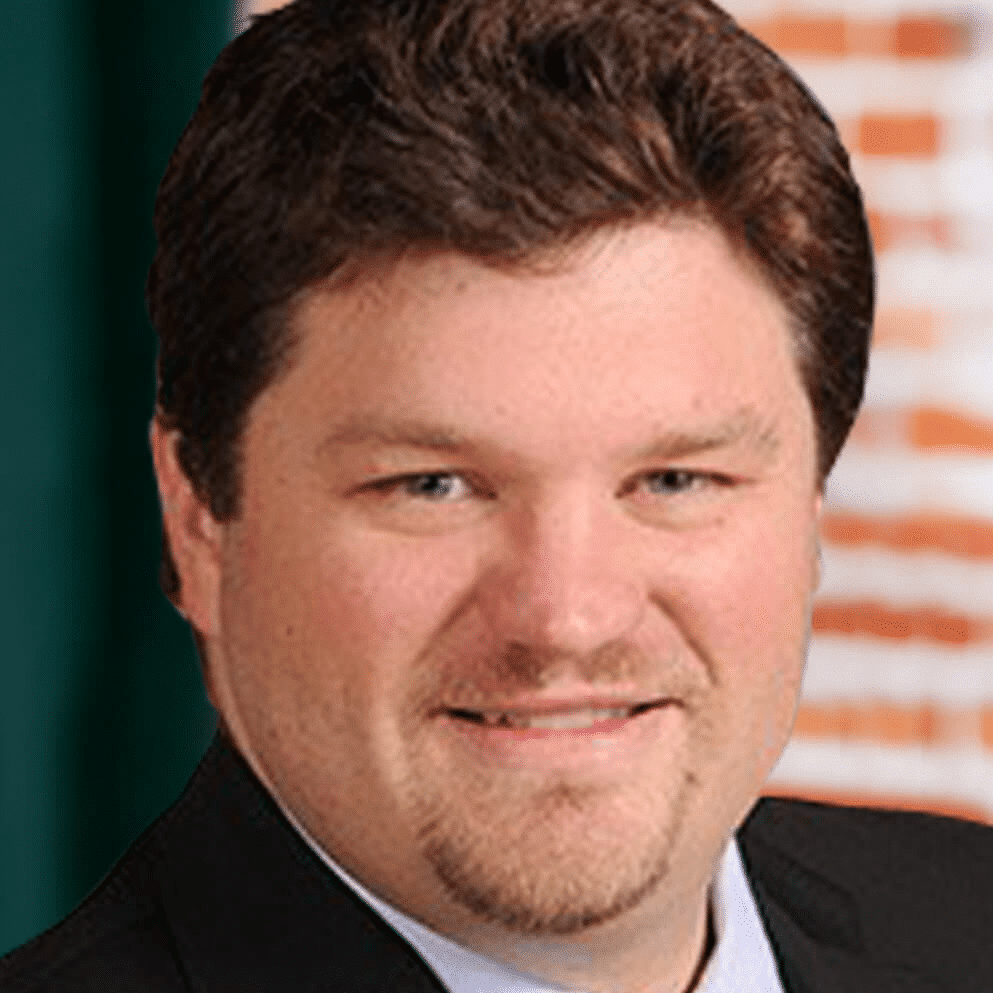Google receives 246 million unique users and 3.5 billion interactions daily. It’s paid ad service ‘Google Ads’ has an estimated return on investment of 700 percent, making it one of the best places for your hearing practice to run ads.
There are plenty of different ad styles to choose from, but the one we’re interested in today is the ‘call’ (formerly referred to as ‘call only’) ad. Call ads are designed for one particular purpose: to encourage your prospective hearing aid patient to call you directly from the search results page.
Why phone calls? People who call are more likely to transform into hearing aid patients and make more significant purchases. They convert 10x more leads than digital-based leads. Many markets believe a phone call lead is three times more valuable than a digital lead. And according to Google, over 70% of searches end in a phone call to a company.
What is call-only advertising?
When a user clicks a call-only ad, they are not taken to a landing page; instead, a small window pops up and asks them to call the company advertising. That’s it — two clicks with you, and they’re on the phone. If you are looking for an ad format that gives your potential customers a direct line to your receptionist, this is it.
Having an easily accessible business is more important than ever, particularly when it comes to mobile search. You may have a contact form on your website already, but that’s not always enough. People who are using smartphones are likely to be on the go, not tethered to their desktop or laptop computer. They’re on the train, going from meeting to meeting, or in the car driving. In this kind of setting, the fastest and easiest way to communicate is to make a phone call.
Call-only ads operate much like any regular search network ad to appear in search results. Instead of large quantities of text for your headline and description, they focus mainly on your name, website link, and a sizable click-based phone number.
Google made changes to their ‘call-only’ ads last month
In late April 2020, Google changed its “Call Only” ads to “Call” ads. The name change took effect as a result of the new option to add a website link to the advertisement, thus allowing the searcher to call directly from the ad or visit the website from a ‘call’ ad.
Why it is excellent news for your paid ad campaign
Giving the option to visit a website or call a business right from the same ad is a game-changer.
Fewer types of ads are needed: Instead of creating ads that only leads users to your website and others that are click-to-call, you can reduce the number of advertisements you are running and give the user the option to choose. Reducing the number of ads that you run means you can spend your budget more efficiently, and it will take less time to optimize your campaign.
An expanded ad, for free: The “Visit website” link expands your call ad, giving you greater visibility on the search results page without you having to pay for the privilege.
Options for leads at either end of the funnel: By providing both a phone number and a ‘visit website’ button, you’re providing for users on different stages of the buying journey. You can give an option for those who are ready to call and schedule an appointment, as well as those who are just hearing from you for the first time and would like to know more.
More interested callers: The new ads reduce the number of accidental calls from users who mistakenly believe that the headline takes them to a website as other search ads do. That means it is more likely that the individuals who call you would want to do business.
 Nick Fitzgerald is the President and Owner of AuDSEO. He also serves as the Chief Marketing Officer at Hearing Health & Technology Matters. With 13 years of digital marketing experience, Nick is a highly data-driven marketer, with expertise in search engine optimization, digital analytics and forensics, social media, digital advertising, and web development. He has been involved in the construction and optimization of nearly 1,000 web presences, including some of the largest Fortune 500 companies.
Nick Fitzgerald is the President and Owner of AuDSEO. He also serves as the Chief Marketing Officer at Hearing Health & Technology Matters. With 13 years of digital marketing experience, Nick is a highly data-driven marketer, with expertise in search engine optimization, digital analytics and forensics, social media, digital advertising, and web development. He has been involved in the construction and optimization of nearly 1,000 web presences, including some of the largest Fortune 500 companies.







